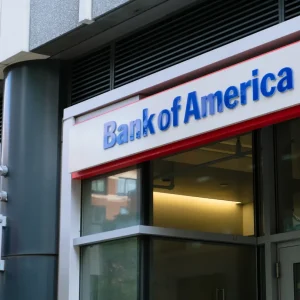Cheques processed via the new system will mean that if a customer pays in a cheque on a weekday they will be able to withdraw the funds by 23.59 on the next weekday (excluding bank holidays) at the latest, with many banks and building societies likely to allow access to the funds earlier than this.
Initially, the volume of cheques going through the new system will be small and the vast majority of customers will not notice any change to how quickly their cheques clear.
However, over time, increasing numbers of cheques will be cleared using the new system and more and more customers will benefit from the faster timescale. Then, at some stage in the summer of 2018, all of the UK’s banks and building societies will clear all cheques via the image-based system to the faster timescale.
The precise date as to when this will happen will be announced by the industry in due course. Until then, two clearing systems will operate in parallel, which means that some cheques that customers write or pay-in will be cleared more quickly via the image system, and some will clear to the existing, six weekday timescale through the current, paper-based system. Banks and building societies will be advising their customers of their individual roll-out plans as appropriate.
James Radford, Chief Executive Officer of the Cheque and Credit Clearing Company, said: “This is a momentous day in the history of the cheque. For more than 350 years the way cheques have been cleared in this country has essentially remained the same.
"Now, with the introduction of cheque imaging, we are bringing the UK cheque into the 21st century, ensuring that it remains a secure, robust and viable payment method for the millions of charities, businesses and personal customers that still write or receive cheques on a regular basis.”
Economic Secretary to the Treasury, Stephen Barclay MP said: “Cheques still play an important role in our economy, but as times change it is vital that our methods of payment keep pace. The innovation of cheque imaging will help make them fit for the future by cutting clearing times and helping customers access their money more quickly.”
Introduction of the new process will mean that when a cheque is cleared via the image-based system, not only will the recipient receive the money in their account more quickly; the money will leave the account of the person or business that wrote the cheque to the faster timescale too.
Customers will still write cheques as they do today and give or post them to recipients in exactly the same way as they always have.
Cheque recipients will still be able to pay in cheques in the normal variety of ways, such as at a bank or building society, by post or at an ATM. This continuation of regular customer practice is particularly important for charities, which receive many donations via this payment method; and for any other people that may prefer to carry on using cheques in exactly the same way as they always have.
Cheque imaging is also about providing more choice, and it means that some banks and building societies may offer their personal customers the additional option of paying-in an image of the cheque – by using a secure mobile banking app on their smartphone or tablet – rather than having to go to a bank to pay it in. For business and charity customers banks may provide desktop scanners linked to their online bank account, allowing them to pay in any cheques that they receive as digital images.






